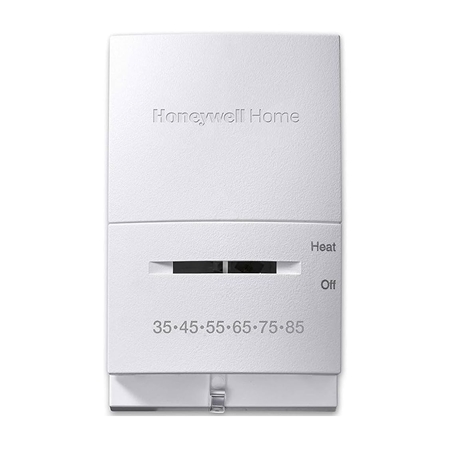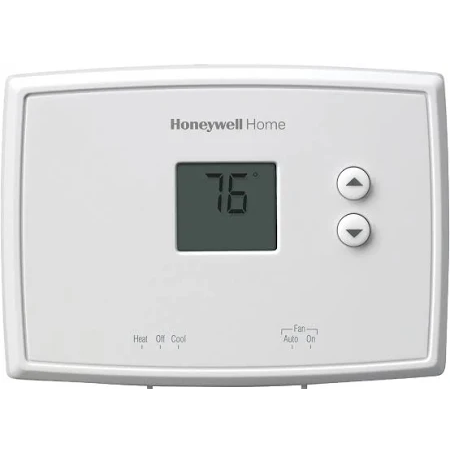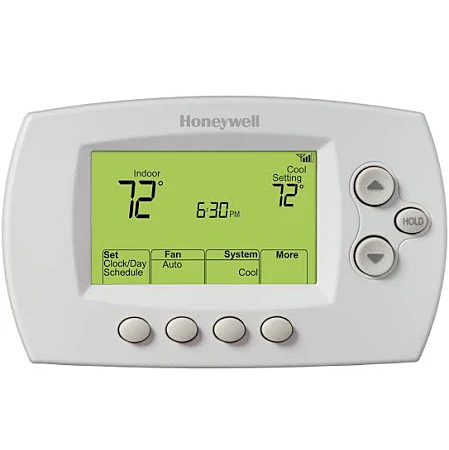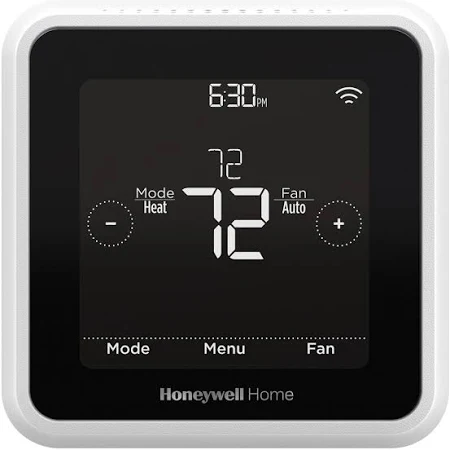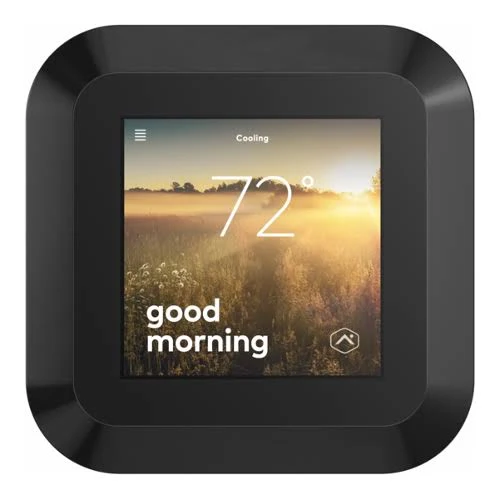What to Look for When Buying a Thermostat
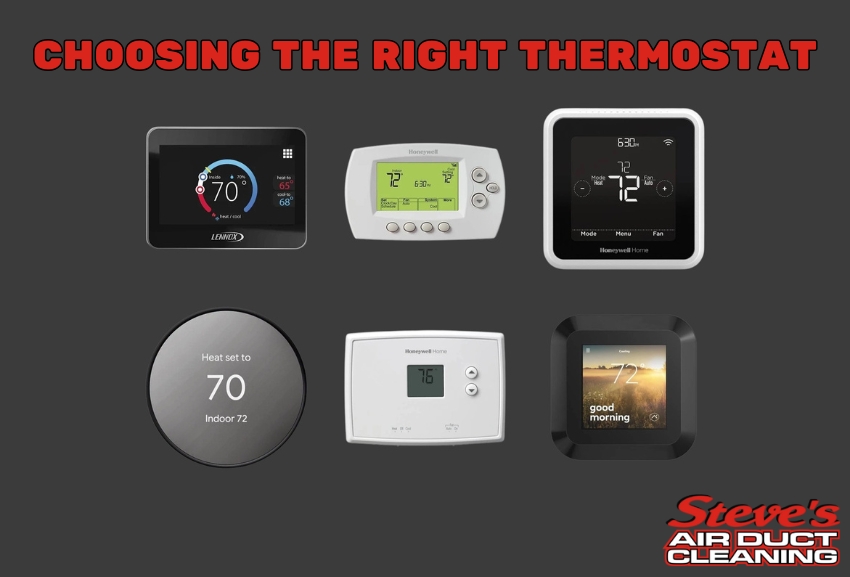
The notion that any thermostat that will work with your HVAC system is the right thermostat just doesn't hold water. It's like saying any tire that fits on your car is the right tire for your car. Not true. Different tires are designed to perform in different ways and if you choose the wrong one it will negatively affect gas mileage, handling and overall safety. Same with thermostats. You might find one on sale that will work with your system but that doesn't mean it's the best choice. In this post, the team at Steve's Air Duct Cleaning in Arvada explains what to look for when choosing a thermostat.
Choosing the Right Thermostat for Your Home
Take the following tips to heart to find the right thermostat for your home.
Determine which type of thermostat you need
There are several different types of thermostat available these days, including:
- Manual Thermostats
- Digital Programmable Thermostats
- Digital Non-Programmable Thermostats
- Smart Thermostats
- Zoned Thermostat Systems
Each type of thermostat offers a different feature set. Before you go any further in the thermostat selection process you need to figure out which type of thermostat is best for you. Review the following table to learn the pros and cons of five common thermostat types.
| Thermostat Type | Characteristics | Pros | Cons |
|---|---|---|---|
| Manual Thermostat | Basic thermostat requiring manual adjustments to change temperature settings. | Simple to use, inexpensive, reliable. | Requires frequent manual adjustments, no scheduling or energy-saving features. |
| Programmable Thermostat | Allows users to set schedules for different times of day, automating temperature changes. | Energy-efficient, can be programmed for daily routines, reduces heating/cooling costs. | Can be complicated to program, lacks remote control capabilities. |
| Smart Thermostat | Connects to Wi-Fi and allows remote control via smartphones or smart home systems; often features learning ability. | Convenient remote access, learns user preferences, highly energy-efficient, integrates with smart devices. | More expensive than basic models, may require professional installation, needs Wi-Fi for full function. |
| Digital Non-Programmable | Offers digital temperature display but lacks scheduling features. | Easy to read and adjust, more accurate than manual models, relatively affordable. | No scheduling capabilities, manual adjustments required. |
| Zoned Thermostat System | Controls multiple zones in a home independently, allowing different temperatures in different areas. | Energy-efficient for larger homes, customizable comfort in different rooms. | Expensive setup, may require professional installation and complex system integration. |
Check your wiring
Not every HVAC system uses the same type of wiring. Older systems and some programmable thermostats use two-voltage wires. On the other hand, many new thermostats depend on a common wire, or C-wire, to function properly. This is especially true for systems that feature WiFi and elaborate display screens because the C-wire is able to deliver the continuous power those features need. If you have your heart set on a smart or WiFi enabled thermostat but lack a C-wire you might be able to find an electrician who can add a C-wire to your existing system.
"As a rule of thumb, newer homes (built in the last 40 years) generally have the proper wiring for installing any smart thermostat, including a C wire. To confirm, take a look at your current thermostat's wiring by removing the faceplate. Most faceplates can be easily removed by simply pulling it straight away from the mounting plate. You’ll see several labeled wire terminals."
—Sensi Thermostats
Don't forget aesthetic considerations
If you want to install a high-tech smart thermostat with a large flashy display screen you'll need to consider how that will fit in with the surrounding room from an aesthetic standpoint. Chances are it's going to be in place on your wall for a long time so this is important. If your home features a contemporary minimalist design such a display screen will probably fit right in. But if the style of your home is more traditional you may have to sift through quite a few thermostat styles before you find one that will work.
Consider the Best Features for Your Needs
When choosing a thermostat, it’s important to consider your individual needs and how different features may enhance your comfort and convenience. Your lifestyle, preferences, and home setup will all influence which thermostat works best for you.

Here are some needs to consider:
- Frequent Travel: A WiFi-capable thermostat lets you monitor and adjust settings remotely from anywhere.
- Room-by-Room Temperature Control: If you want customized comfort in different rooms, choose a model with zoned temperature control.
- Accessibility: If you need larger text for better readability, look for thermostats with easy-to-read displays.
- Energy Efficiency: Smart thermostats that learn your habits can automatically adjust temperatures to reduce energy waste.
- Additional Features: Some smart thermostats display current weather and traffic, helping you plan your day.
Identifying these needs will help you select a thermostat with the right features for your unique lifestyle.
Hire a Professional Installer
Even if you are an experienced DIYer you should defer to the pros when it comes to installing your new thermostat. Smart thermostats in particular are light years ahead of thermostats of just 20 years ago. Not only do they need to be wired and mounted properly they will also need to be programmed to provide you with the desired level of service.
It is also possible that the thermostat manufacturer may declare the warranty void if you do not have the thermostat installed by a professional. And of course, the professional will also be fully insured so if anything happens during the installation process you will not be responsible for the cost of repairs.
The Bottom Line
Today's thermostats are available in such a wide variety of styles with such large and varying feature sets that it can be difficult to choose just the right one for your system. But choose you must. If you take the above tips to heart you will give yourself the best chance of winding up with a thermostat that provides the features you want and need while fitting in perfectly with the aesthetics of your home.
Professional Duct Cleaning by Steve’s
Another important piece of your HVAC system is the ductwork. If you want your new thermostat to operate at peak efficiency you will need to be sure your ductwork is not clogged with years of dirt and debris. At Steve's, we offer expert HVAC cleaning and duct cleaning that enables you to make sure you get the most out of your new thermostat.
We're easy to find. If you are in the Arvada area just search for "air duct cleaning near me", or better yet, give us a call at (720) 419-7792, or write to stevesairductcleaning@gmail.com.
Start Breathing Easier.
Your air ducts are the lungs of your home and keeping them clean keeps you and your family healthier and your HVAC equipment working optimally.

